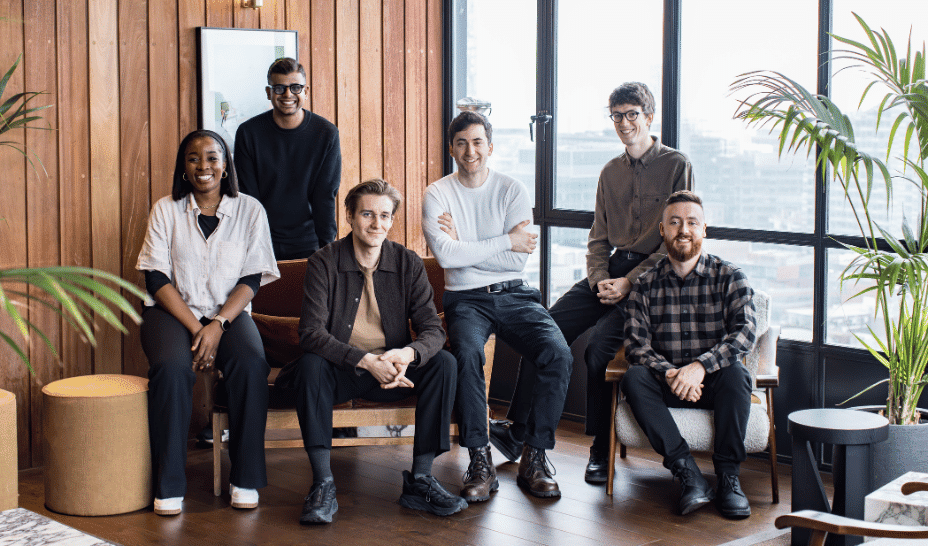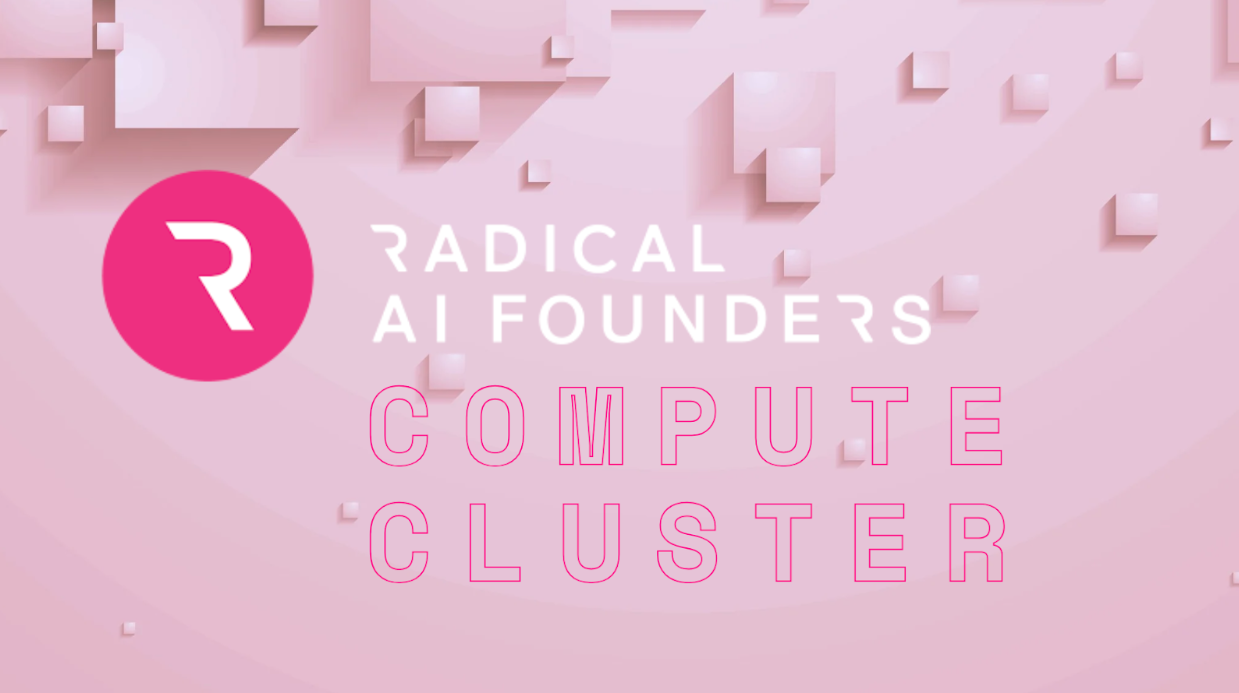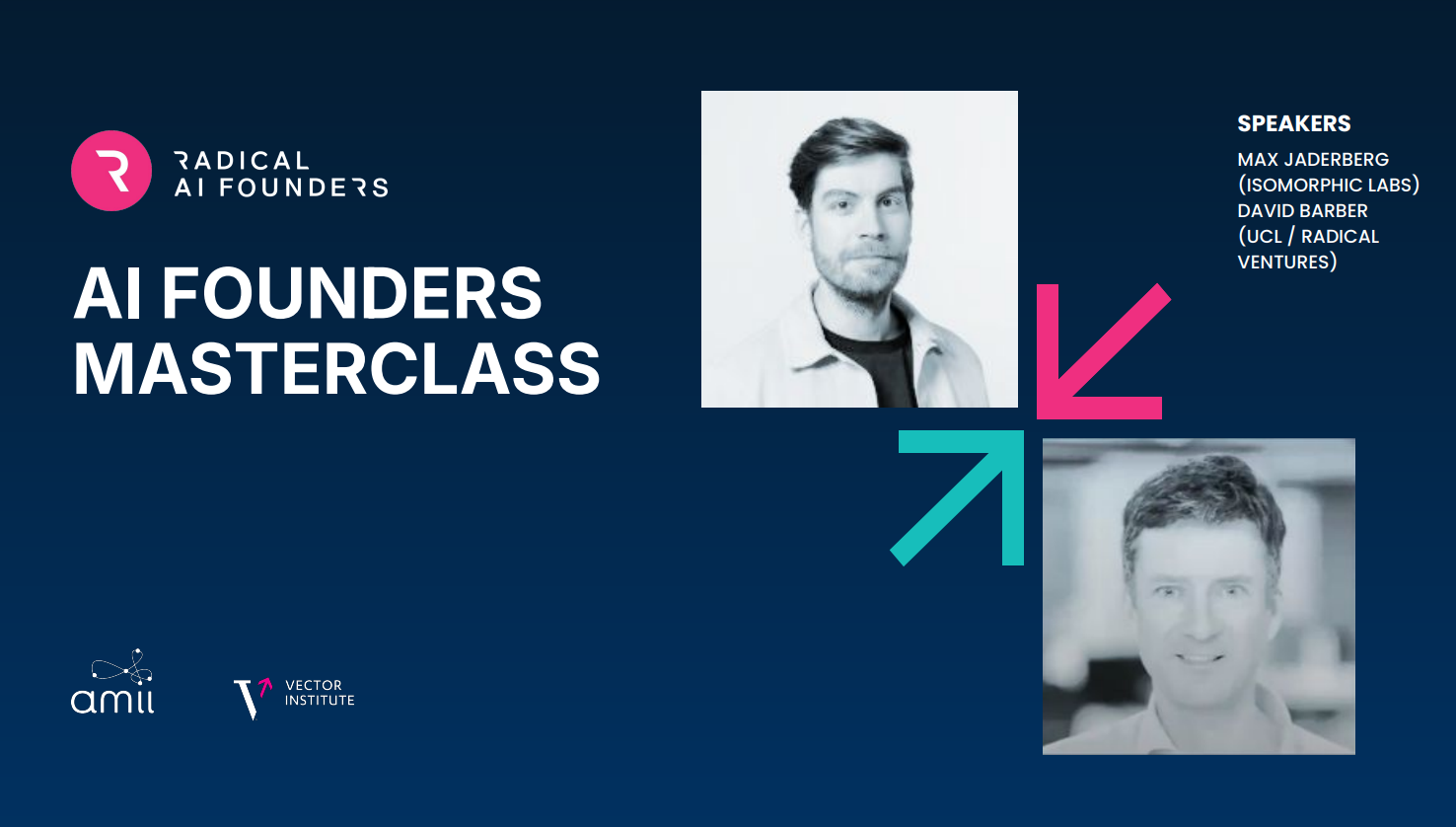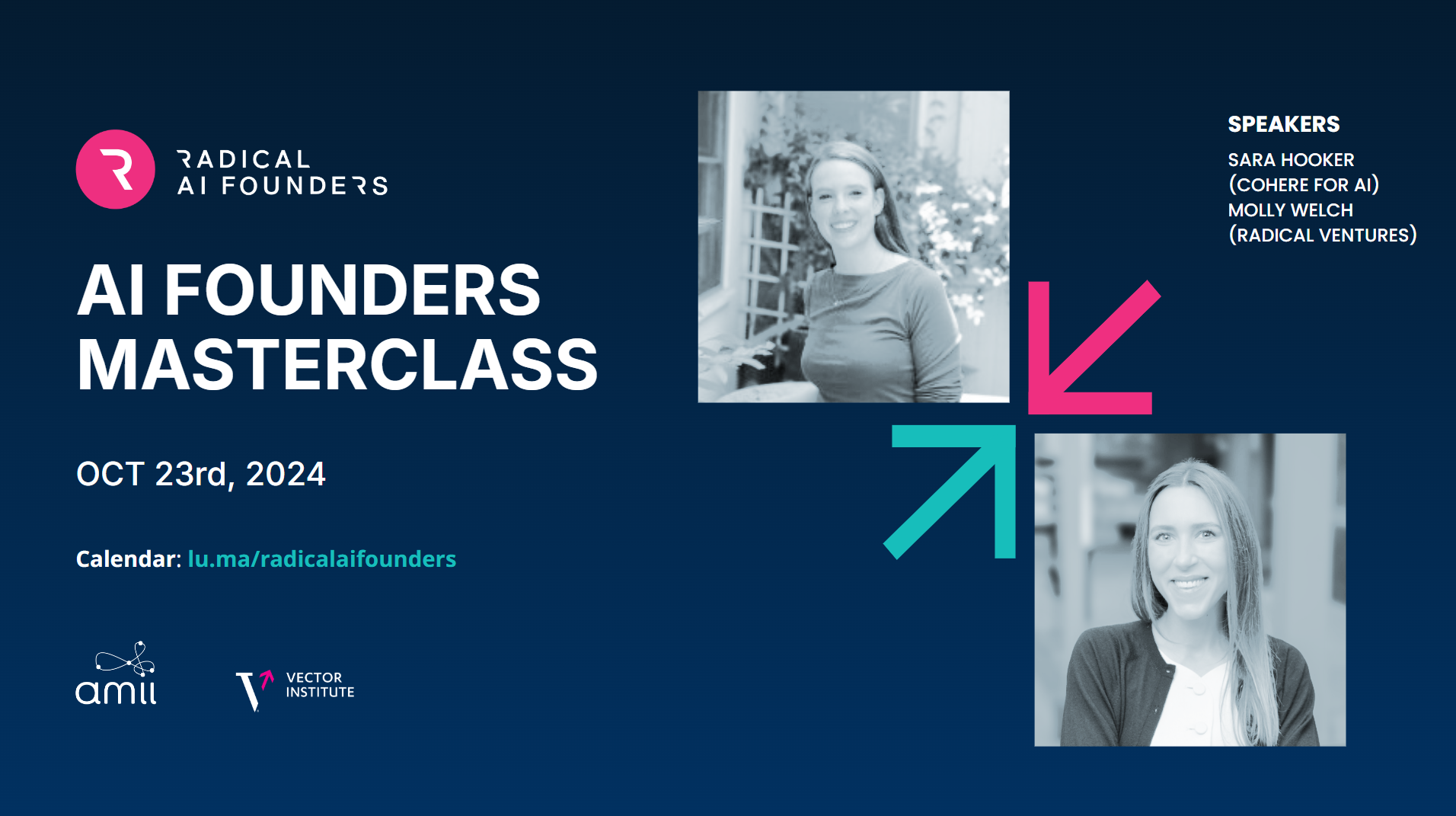More than 600 AI researchers from around the world have registered for this year’s Radical Ventures AI Founders Master Class. Over four weeks, the program features conversations with AI luminaries about what it takes to make the leap from researcher to entrepreneur. This week we spoke with computer vision pioneer Fei-Fei Li, Co-Director of Stanford’s Human-Centered AI Institute.
In a candid conversation with Radical Ventures Partner Rob Toews, Fei-Fei offered advice to the researchers looking to become the next generation of AI founders. The following excerpt from their discussion is edited for length and clarity.
Fei-Fei Li: I’ve worked with entrepreneurs who are 70 years old, and I’ve worked with entrepreneurs who barely finished college. I’ve worked with Ph.D. dropouts and tenured professors. Some of their origins are in villages and some are from generations of entrepreneurs. I started my entrepreneurship journey with a dry cleaning shop when I was nineteen.
Many entrepreneurs, especially today’s aspiring entrepreneurs, don’t hear it enough: you can do it. No matter who you are, you can do it. Entrepreneurs are driven by a strong sense of mission combined with perseverance and a sense of excellence. They persevere through all kinds of ups and downs and are always pushing for the best – regardless of where they came from.
“Many entrepreneurs, especially today’s aspiring entrepreneurs, don’t hear it enough: you can do it. No matter who you are, you can do it.”
Rob Toews: That is inspiring to hear and a great reminder for all of us. When thinking about the broad realm of artificial intelligence, what was your mental model for how you decided which problems were the important ones to devote yourself to trying to solve – especially earlier in your career as a researcher?
Fei-Fei Li: At the Nobel Prize Museum there’s an Albert Einstein quote that says, “‘the formulation of a problem is often more essential than its solution.”’ I call this ‘finding your North Star.’ It is simultaneously the most challenging and exhilarating process.
For me, the problem started with vision. As a kid, I was always visual. Chinese characters are extremely visual. Learning to write meant that I always had a mental picture. Everything is a visual imprint in my brain and that’s how I learn. So, I had a natural way of gravitating toward vision as a field of study. This meant in college I learned that half of the human brain’s critical functionality is related to vision – one of the biggest sensory systems in the world. The evolution of vision was a critical factor in the evolution of intelligence. The world is so colourful, complex, and visual intelligence truly is a cornerstone of human intelligence. And that’s how I picked my problem. I started with vision.
Rob Toews: It’s fascinating to hear about the multi-disciplinary journey you took from neuroscience to computer science and eventually to artificial intelligence.
When it comes to this question of identifying the right problem, the ‘North Star’ problem as you described it, timing is such an important factor. Timing in terms of technology maturation, market development, and what others in the field are spending time on. From your experience, and more broadly for students today, how do you think about timing and factoring this in when trying to identify what areas it makes sense for one to devote oneself to?
Fei-Fei Li: Think about playing tennis. When you’re trying to hit the ball it’s all about timing and your location. You make contact with the ball not where you see it but with the ball’s trajectory. You have to extrapolate the speed, the path, and other factors. It’s a good analogy for many things in research as well as entrepreneurship. One needs to have deep knowledge about that particular area of research or technology, but also a deep understanding of the trajectory of that technology and its supporting technologies. For me, as I’m honing my research skills – vision may be too broad of a North Star – I still have to pick the problem. For example, making ImageNet. I had to try to combine a thorough understanding of the field with my understanding of the trajectory of the technology and all of the related forces, as well as the eventual impact. You have to extrapolate and multiply all of these factors together to identify a good problem to work on.
Listen to the full conversation here.
If you are an AI researcher interested in entrepreneurship, the AI Founders Master Class offers participants an opportunity to join conversations with AI pioneers and access to practical seminars and resources designed to support entrepreneurs looking to commercialize their research. Next week’s session features Richard Socher – an NLP researcher, former founder of MetaMind, and Chief Scientist at Salesforce. He recently founded the AI-driven search engine, You.com.
AI News This Week
-
From prediction to transformation (Harvard Business Review)
University of Toronto professors and authors of Prediction Machines: The Simple Economics of Artificial Intelligence, introduced a framework for the transformative power of AI in their new book Power and Prediction: The Disruptive Economics of Artificial Intelligence. Viewing AI through the lens of an economist, AI reduces the cost of prediction, and industries transform when prediction is significantly cheaper, better, and faster.
-
AI-Generated art is already transforming creative work (The New York Times – subscription may be required)
AI-based image generators have made it possible for anyone to create unique, hyper-realistic images just by typing a few words into a text box. As text-generation tools expand into images, audio, and video, they are becoming a standard part of creators’ processes, leading to an explosion of use cases for generative AI.
-
A new AI material can learn behaviours and adapt to different circumstances (Interesting Engineerin)
Mechanical engineers at UCLA have created a new type of material that uses AI to learn behaviours over extended periods. This material has tunable beams that can change shape and behaviour over time. The work lays the groundwork for AI materials that can learn their properties and behaviours. The researchers envision the materials eventually being used in planes and buildings and as protective armour to avert shockwaves. The study was published in ScienceRobotics.
-
A bias bounty for AI will help to catch unfair algorithms faster (MIT Technology Review)
A group of AI and machine-learning experts are launching a new bias bounty competition, which they hope will speed the process of uncovering embedded prejudice in AI systems. The competition takes inspiration from bug bounties in cybersecurity. It calls on participants to create tools to identify and mitigate algorithmic biases in AI models.
-
Local communities designing humanitarian AI (World Economic Forum)
The humanitarian sector is increasingly promoting anticipatory action as a key way to reduce humanitarian needs. One of the emerging tools at the heart of this change is AI. AI tools, however, are often developed by teams thousands of miles away from local communities. This means they miss out on key insights and relevant data. The Red Cross has tested out a new approach, developing AI tools in Nepal and Cameroon.
Radical Reads is edited by Ebin Tomy.





